Best Seasons for Foundation Repairs
Foundation repairs are most effectively performed during specific times of the year when weather conditions favor construction activities. Optimal periods typically include mild, dry seasons that reduce the risk of delays caused by excessive moisture or temperature fluctuations. Understanding seasonal patterns can help determine the best time to schedule repairs for durability and efficiency.
Spring offers moderate temperatures and longer daylight hours, making it suitable for foundation work. However, early spring can be wet, which may hinder certain repair activities.
Summer provides warm, dry weather ideal for foundation repairs. High temperatures can accelerate curing times but require precautions against heat-related issues.
Fall typically features cooler, dry conditions that are favorable for foundation work. It is often considered a prime season for scheduling repairs before winter.
Winter is generally less suitable due to cold temperatures, potential frost, and increased moisture, which can compromise repair quality and safety.
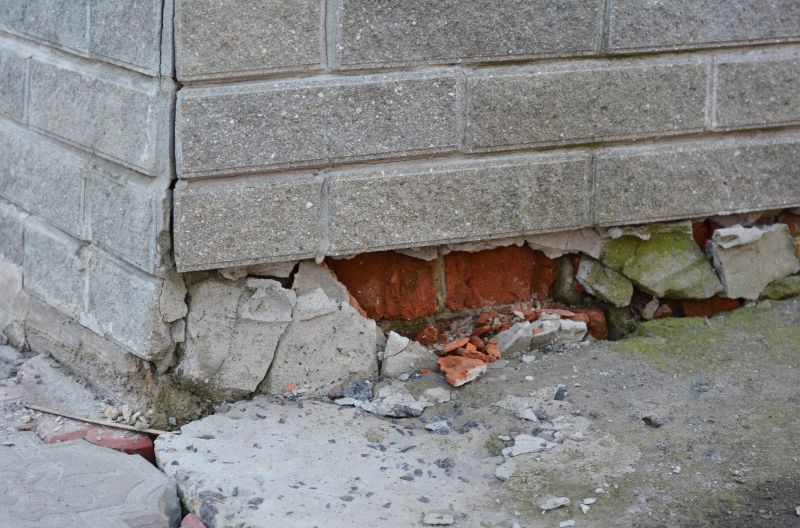
Springtime foundation repairs benefit from moderate weather, but early season rains can cause delays.
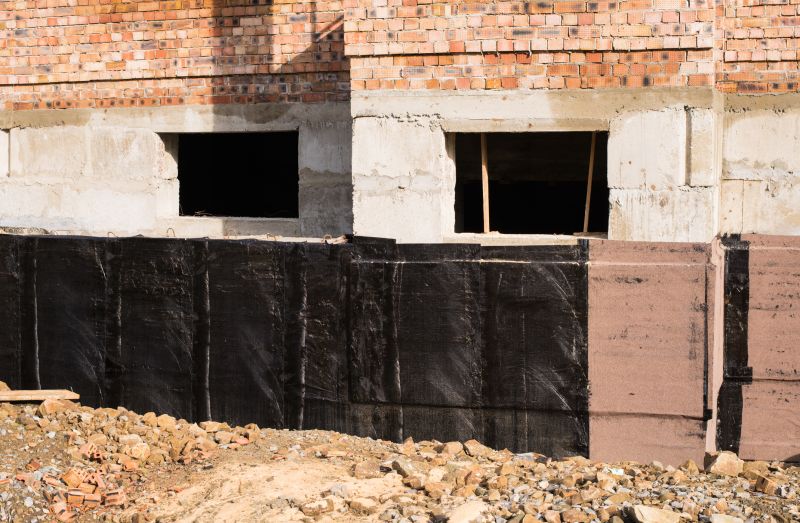
Summer offers ideal conditions for foundation repairs with warm, dry weather.

Fall provides cooler, dry conditions suitable for foundation work before winter sets in.
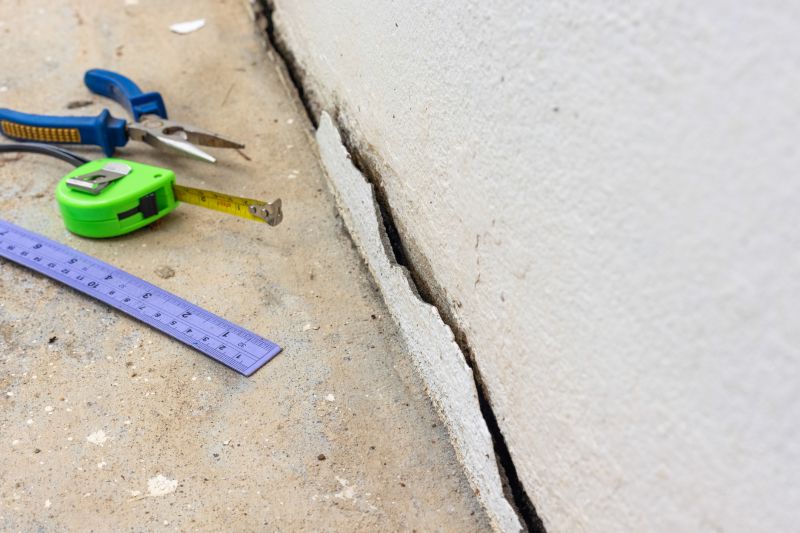
Ways to make Foundation Repairs work in tight or awkward layouts.
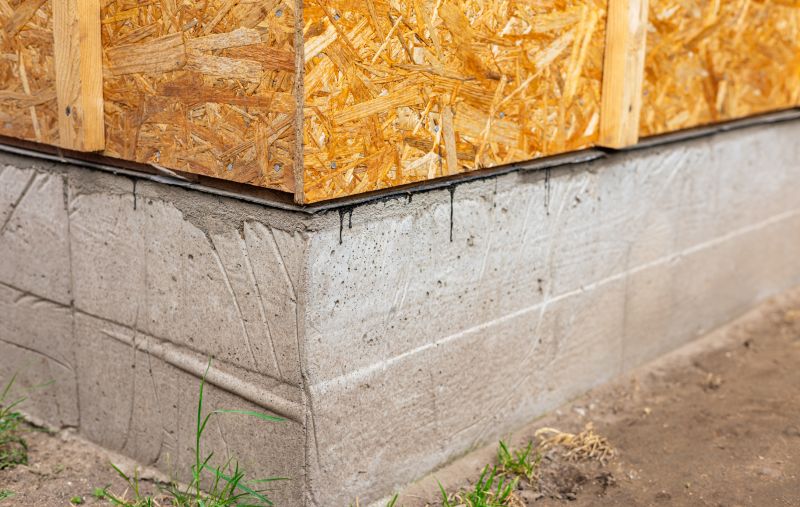
Popular materials for Foundation Repairs and why they hold up over time.
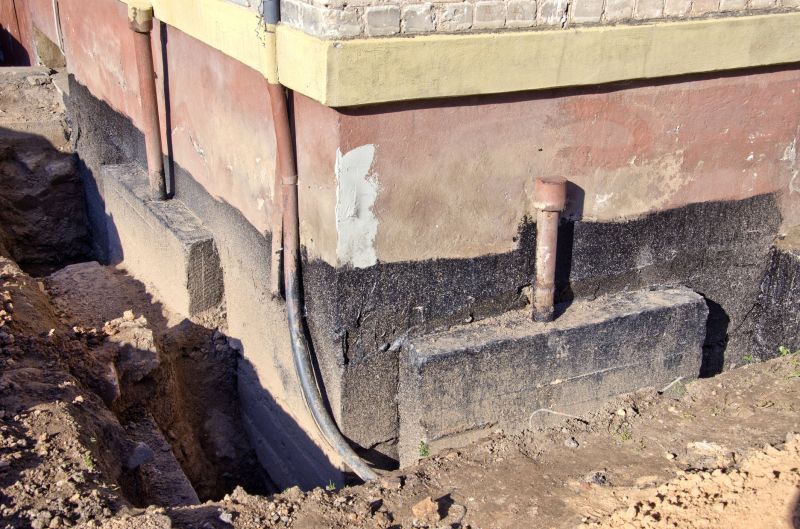
Simple add-ons that improve Foundation Repairs without blowing the budget.
| Season | Optimal Conditions |
|---|---|
| Spring | Moderate temperatures, longer days, potential early rains |
| Summer | Warm, dry weather, high temperatures |
| Fall | Cool, dry conditions, ideal before winter |
| Winter | Cold temperatures, frost, increased moisture |
Foundation repairs involve addressing issues such as settling, cracking, and shifting that can compromise structural integrity. Proper timing ensures that repairs are durable and effective. Seasonal factors like soil moisture levels, temperature fluctuations, and weather patterns influence the success of foundation work. Scheduling during favorable conditions can minimize complications, reduce costs, and extend the lifespan of repairs.
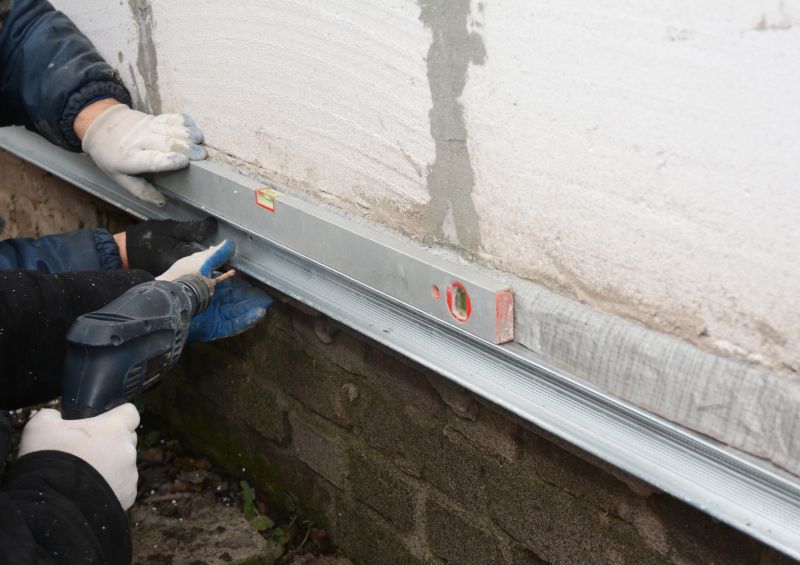
Proper timing ensures effective stabilization and long-term durability.
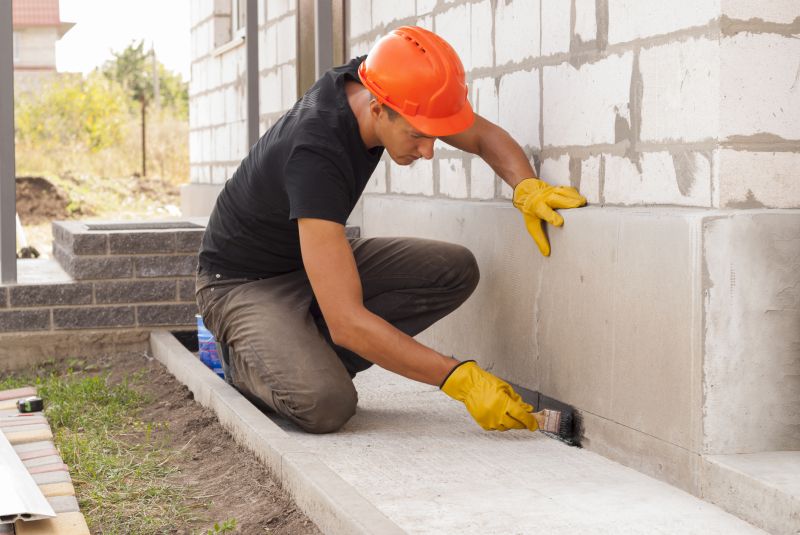
Timing repairs during dry periods helps soil stabilization efforts.
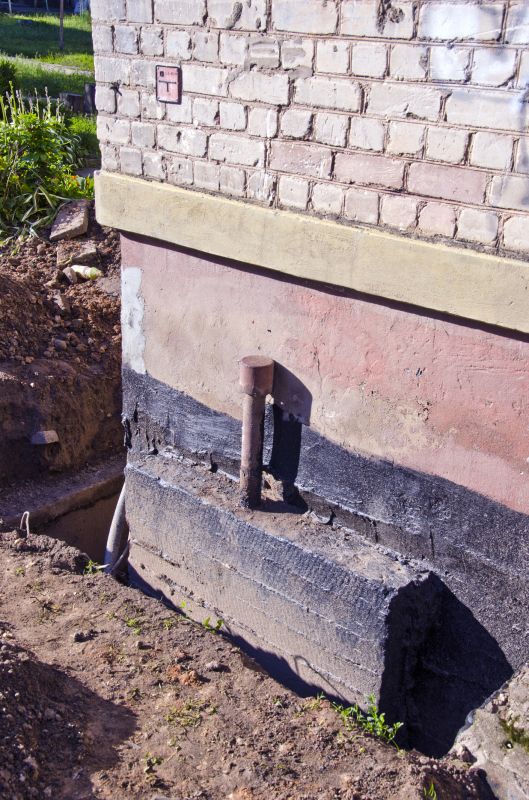
Scheduling repairs in optimal conditions enhances reinforcement effectiveness.
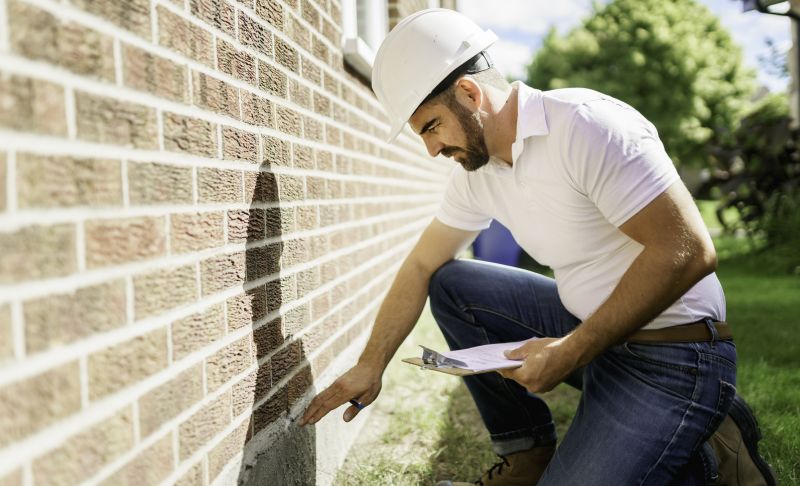
Proper timing allows thorough inspection and precise planning.
Interested in foundation repairs? Filling out the contact form can provide guidance on scheduling the work during the most suitable season for durability and cost-effectiveness. Professional assessment can help determine the ideal timing based on local conditions and specific needs.

